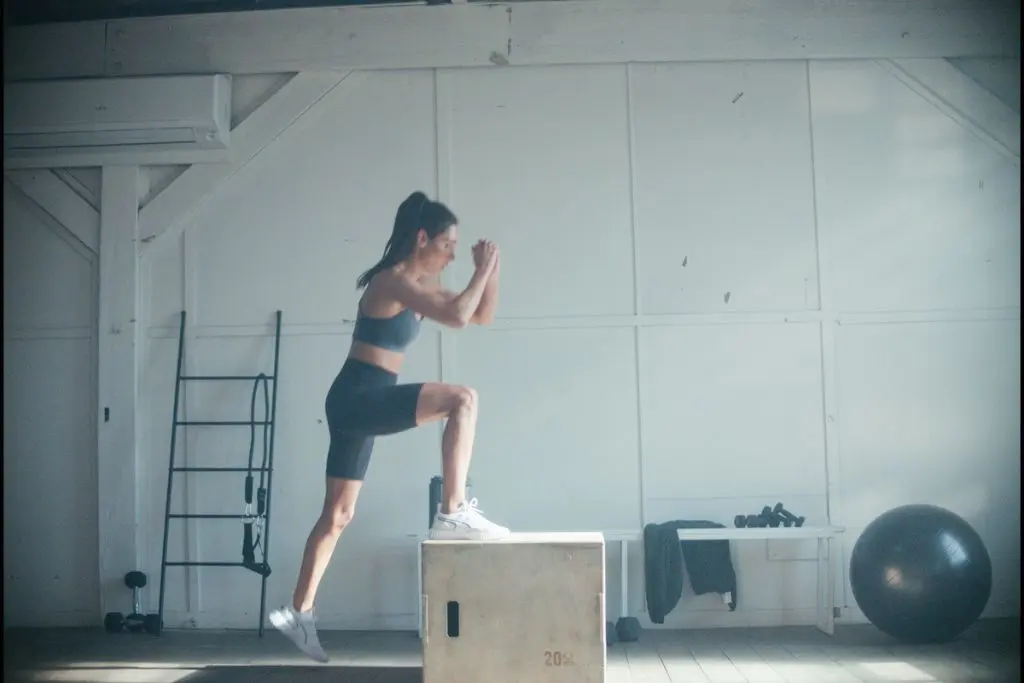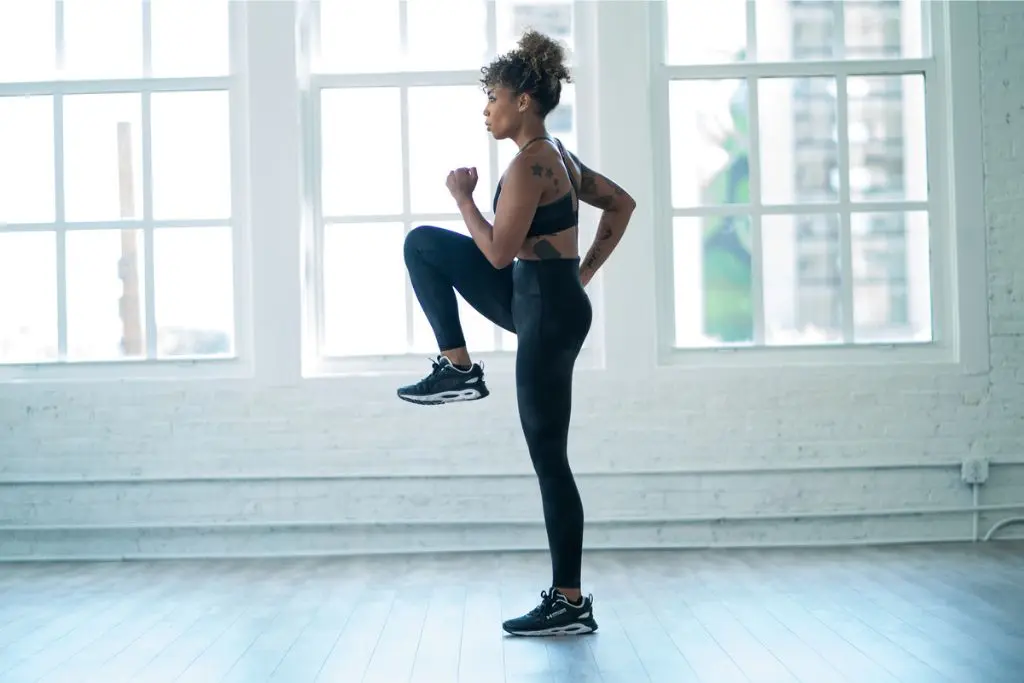Steady On: Improve Your Balance With These Balance Exercises

January 30, 2023

We all have the odd uncoordinated moment where we trip on a step, stumble over our feet, or lose our balance (or perhaps you’re someone who has had two left feet for as long as you can remember!), but there’s a difference between being occasionally clumsy and having poor balance. One is a normal and expected part of life, the other can become very problematic and even a health and safety risk.
According to the Australian Institute of Health and Welfare, falls are Australia's leading cause of injury hospitalisation and death and occur more frequently in ageing adults.
But an increased risk of falls or asking yourself, “why is my balance so bad?!”, isn't just a problem for older adults. Bad balance can affect anyone at any age or stage, while the CDC highlights that balance skills can have a significant knock-on effect on your confidence and everyday life.
Many people who have poor balance become afraid of falling or trying new activities, and this can cause a drop in confidence or a decline in everyday activities that get you moving. Balance is a key part of almost every movement you perform, says the American Heart Association, and it’s important for simple movements like walking on flat ground and climbing stairs as well as more intense workouts, running, yoga, hiking or sports.
One 2017 systematic review explained that posture and balance control are fundamental in daily life for any type of movement, and having good balance reduces your risk of injuries, falls and body imbalances, as well as improving your posture, joint stability, muscular control and athletic performance. From squats and lunges to step-ups and plank shoulder taps, there are so many exercises that require good balance.
Many people don’t intentionally incorporate balance training into their routine, but this is an aspect of physical health you don’t want to brush under the rug! Including balance exercises in your routine becomes increasingly important as you get older, so the sooner you can master the fundamentals, the better.

How to improve your balance: Try these exercises
The American Heart Association says balance training is one of the four types of exercise you should include in your routine, the others being strength training, cardio endurance and flexibility. Generally, people know if their strength, cardio fitness or flexibility aren’t in tip-top shape, but often we aren’t aware of poor balance until we test ourselves (or have a fall!).
While any movement on your feet can help you to maintain good balance, Mayo Clinic says that making balancing training part of your routine is key if you want to improve your stability, and is especially important for older adults or those recovering from injuries. In fact, balance exercises are even included in the national movement recommendations for adults over 65.
If you’re looking for a balance-focussed training style, yoga, Tai Chi and Pilates are all great options that will challenge both your static and dynamic balance skills, according to Harvard Health.
Static balance refers to your balance when holding positions, whether that be standing on one foot or holding a deep lunge, while dynamic balance refers to your balance when moving.
In the Sweat app, there are plenty of yoga and Pilates programs as well as individual workouts available in the On Demand section, and many of the HIIT and strength training programs also include exercises that will challenge your balance.
Here are a mix of static and dynamic balance exercises to try! You can incorporate them as part of your warm-up, workout, cool down or whenever you have free time during your day. Some of them are so simple you could perform them while brushing your teeth!

Basic balance exercises
Stand on one foot, aiming for at least 10 seconds each side or as long as you can. If your balance isn’t great, start by holding a chair or wall for support
Heel to toe walk: Walk in a straight line, placing one foot right in front of the other with the toe of your back foot touching the heel of your front foot like you’re on a tightrope
Rise onto your toes and hold for at least 10 seconds, or try walking around on your toes
Climb stairs without holding the rail, or add a small pause between lifting your foot and placing it on the next step to increase the time spent on one foot
Walking on uneven terrain such as sand or outdoor trails
Challenge yourself
Walk with alternating knee lifts or hold your knee to your chest in between steps
While standing on one leg, throw a ball in the air and catch it, or throw it against a wall or to a partner
Step-ups on a chair or box
Single-leg exercises such as pistol squats, Bulgarian split squats, single leg deadlifts or single leg burpees.
Use a bosu ball for exercise such as squats, planks, burpees, push-ups or lunges. It will add an extra wobble and really test your balance!
Sit on the floor cross-legged, then stand up without putting your hands on the ground. This also tests your mobility, flexibility and strength.
Try a yoga or Pilates program. Who knows, you might even end up watching TV in a headstand one day!
Having good balance isn’t only important for gymnasts, tightrope walkers and older folks. It’s important for everyone. Whether you need good stability for strength training, trail running, ballsports, yoga or simply walking down the street, working on your balance is only going to benefit you.

A more empowered you starts with Sweat, and our editorial team is here to bring you the latest fitness tips, trainer recommendations, wellbeing news, nutritional advice, nourishing recipes and free workouts.
* Disclaimer: This blog post is not intended to replace the advice of a medical professional. The above information should not be used to diagnose, treat, or prevent any disease or medical condition. Please consult your doctor before making any changes to your diet, sleep methods, daily activity, or fitness routine. Sweat assumes no responsibility for any personal injury or damage sustained by any recommendations, opinions, or advice given in this article.
Fitness